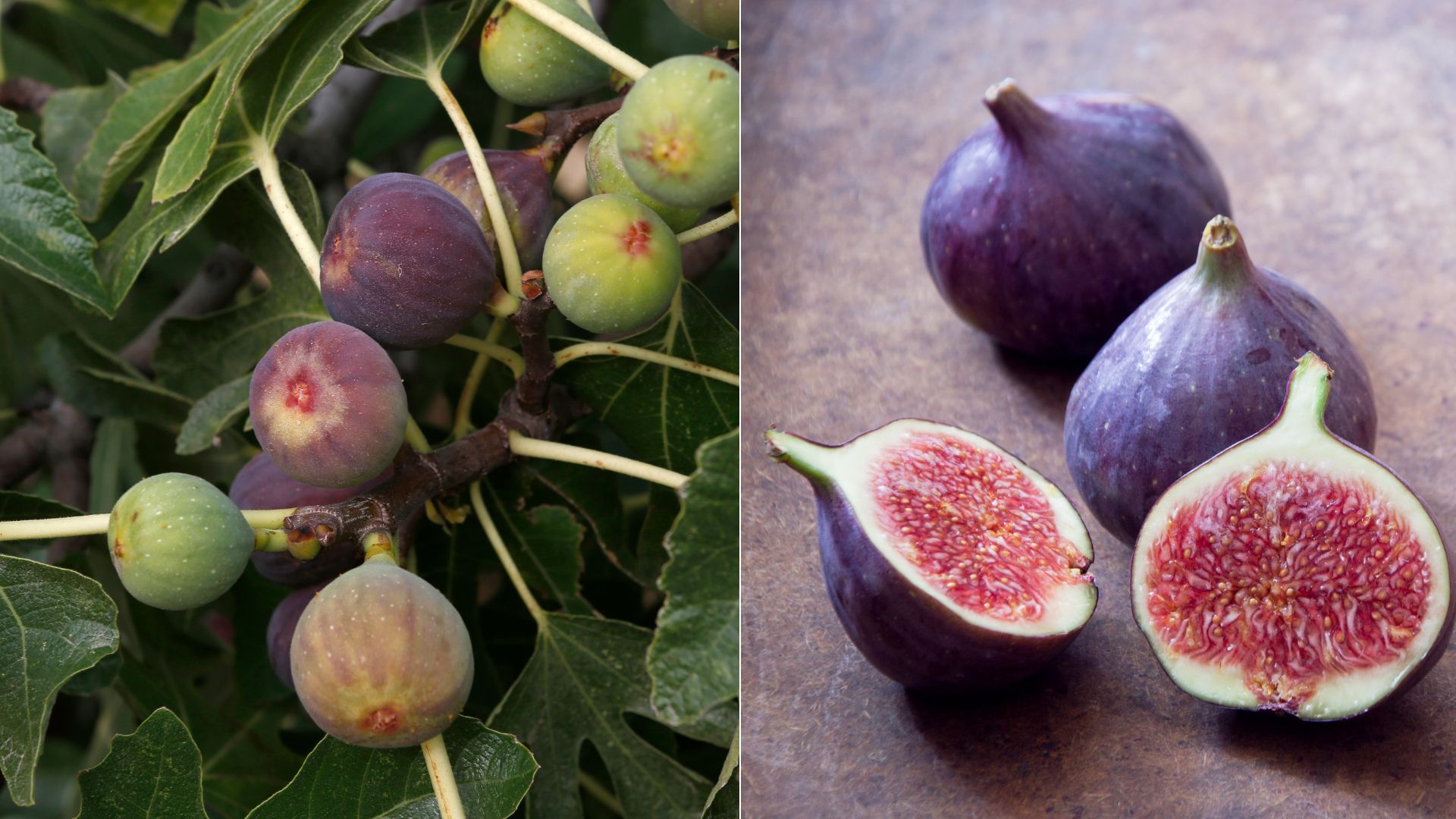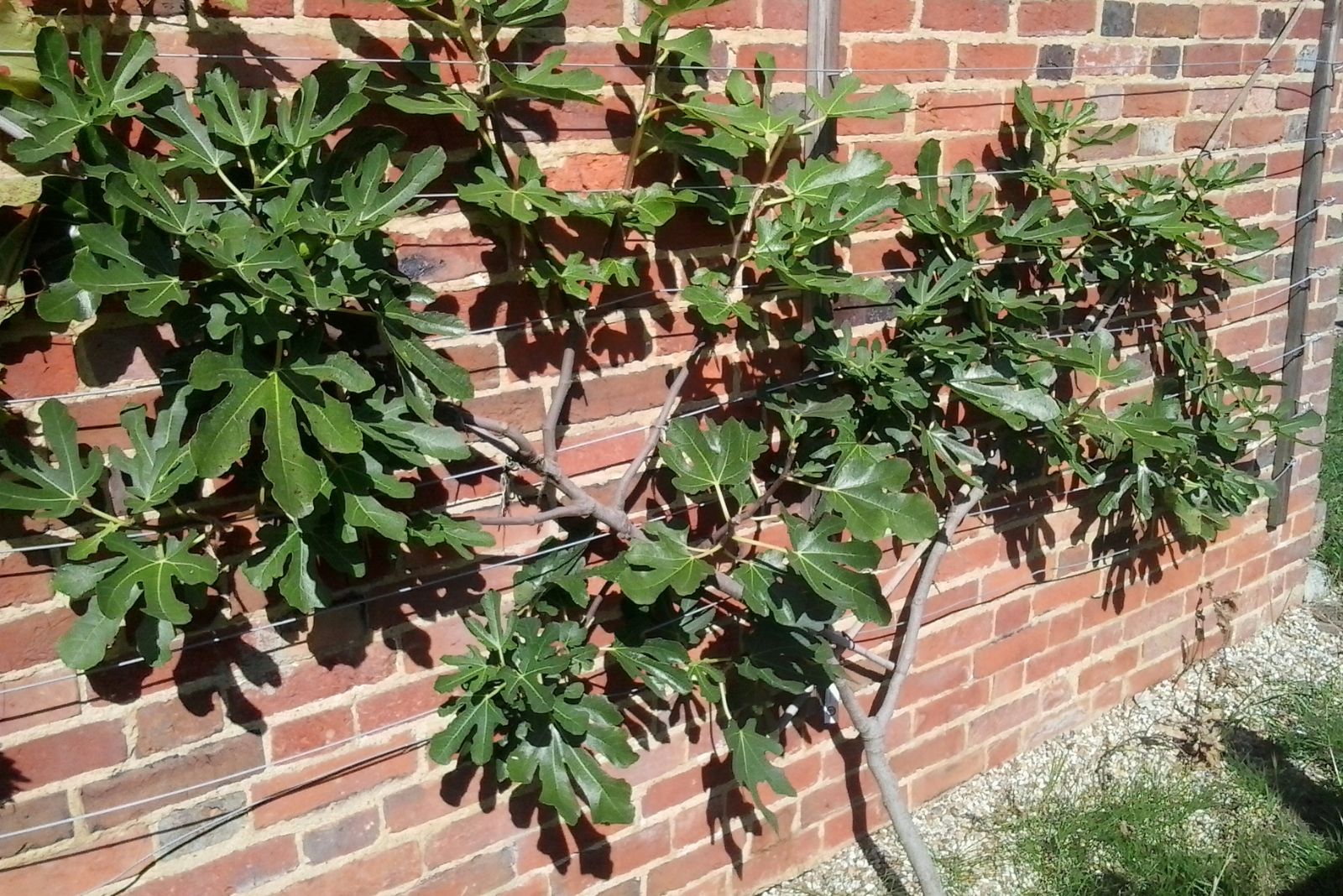Everybody tells you that figs are quite easy to grow, but they never mention the bizarre growing mistakes that can leave you empty handed at the end of the season.
Figs are delicious Mediterranean fruits that require a lot of sun and warmth. So, planting them in a shaded area of your garden might just be your first mistake. Unfortunately, this is not the only thing that can disrupt fruit development.
Stick around to find out some other fig growing mistakes!
1. Extreme Temperatures
Figs might be hardy, but they are not fans of extreme temperature changes. Sudden cold snaps or scorching heat can stress them out and potentially damage them.
Although they are used to growing in Mediterranean climates, figs still need some protection, especially if you live in a region with extremely hot temperatures. These sweet fruits should be protected if the temperatures get over 95 degrees Fahrenheit.
What you can do is simply provide them with some afternoon shade and give them some water in the morning. You can also add mulch to keep the soil temperature a bit cooler.
On the other hand, cold temperatures and frost can also shock the tree and stunt its growth, especially when young. If the temperature is about to go lower than 15-20 degrees Fahrenheit, then you should get some frost-protection covers or netting filled with straw.
You can also start by growing the tree in a pot and then bring it indoors when the winter season arrives.
Also read: 9 Beetroot Growing Mistakes That You Can Avoid
2. Wrong Location
Remember that these figs originate from warm Mediterranean regions, so you should also plant them in a somewhat similar environment. Pick a spot where your figs can receive about 7 or 8 hours of sunlight during the day.
Plant them next to a wall or fence that receives plenty of sunlight, or in a big, deep container on a covered patio. The figs will be much sweeter if grown in full sun. Fruit production will be reduced if the tree is grown in shade.
You also have to take into consideration the soil type. Fig trees prefer growing in well-draining soils that are kept relatively moist.
Most fig trees grow best in zones 8 through 10, although there are some varieties that can adapt to growing in zone 8 (some varieties can even be planted in zone 5 with the right protection).
When planting, you should take into consideration their mature sizes – some varieties can even reach 20 feet tall. So, if you have a smaller garden, opt for shorter varieties like ‘Madeleine des Deux Saisons’. The classic ‘Brown Turkey’ is perfect for larger gardens.
Still, you can always prune your fig tree and restrict its growth. So, let’s learn more about this!
3. Not Pruning
Not pruning your fig trees correctly is one of the most common mistakes that occur. It’s essential to be aware of the cuts if you want to keep your tree healthy, vital, and capable of producing fruit.
While most figs produce fruit on new growth, some might have crops from the previous year, also known as breba crops. Removing previous year’s growth will make the next year’s growth easier to harvest.
Timing is also crucial when it comes to pruning fig trees. You should do it either at the end of winter when the tree goes dormant, or during late summer after preparing your tree for the next year.
Pruning your figs while they grow can only make the tree more susceptible to pests and fungal infections. The goals of winter pruning are to shape the tree and reduce crowding. The production of fruitlets for the upcoming season is encouraged by summer pruning.
When pruning a fig tree, always use clean and sharp pruners. Get rid of any dead or damaged branches, as well as the root suckers. Follow the ⅓ pruning rule and leave many pea-sized fruitlets.
When pruning, you can also take some fig cuttings to start a new tree!
Focus your winter pruning efforts on removing diseased or weaker stems and intersecting branches, as well as lightly contouring the canopy. This encourages good branching practices and fruitful harvests
Pruning helps maintain a healthy shape, improves air circulation, and encourages better fruit production. So, don’t shy away from the pruning shears!
For more information, make sure to check out this video:
4. Not Fertilizing Or Watering
Even though fig trees are known to be low maintenance and drought-tolerant, you should still give them some water and plant food, especially when they are young. So, watering and mulching should definitely not be skipped.
Generally, fig trees require around one gallon of water for every five gallons of soil during the summer. Make sure not to overwater your plants as it leads to root rot, which can be detrimental to the tree.
I would recommend you try drip irrigation or a soaker hose for the best figs, and adjust as needed to the weather for stronger roots and fruit development.
When it comes to fertilizing, a high-potash topdressing or a balanced feed is great for nourishing the tree in spring. However, they don’t need much fertilization throughout the season.
5. Failure To Provide Training & Support
Fig trees might need a little guidance as they grow. Most growers are not prepared for a fig tree’s large growth and spread – you can’t just plant them in a sunny spot and call it a day!
In order to prepare, consider the branching structure and weight that will likely be supporting those figs. Even when planted in a sheltered location, trees run the risk of breaking or snapping if improperly supported, especially as fruit begins to develop.
What can be even worse is that if the trees aren’t trained or supported, it may prevent them from producing any crops at all!
These trees thrive when supported against a wall, trellis, or a fence – make sure that these are sturdy enough to support the fig’s lush growth.
If you are growing more than one fig, give each of them about 25 square feet of space so that they can grow and develop properly. You can also use wires as supports. Proper climbing plant support not only balances the tree’s weight but also spreads the foliage of the tree.
This way, you will make sure that your tree receives enough sunlight to perform photosynthesis, which only leads to prolific fruit production!
6. Harvesting Gone Wrong
Many impatient gardeners make this mistake: they pick figs before they are fully ripe.
Fig trees typically start producing fruit after one season, but it’s advised to remove young fruits initially to help the plant establish its root system. Generally, they can be harvested about two years after planting.
In order to figure out if figs are ready for harvesting, look for signs that indicate readiness, such as drooping away from the branch, deepening colors, and a gentle softness when squeezed.
What you can also see is the sweet, sticky drop of nectar oozing from the base of the fruit, along with vertical cracks on the skin. This indicates that sugars and moisture levels have peaked.
Now, you get to enjoy your figs fresh from the tree!



